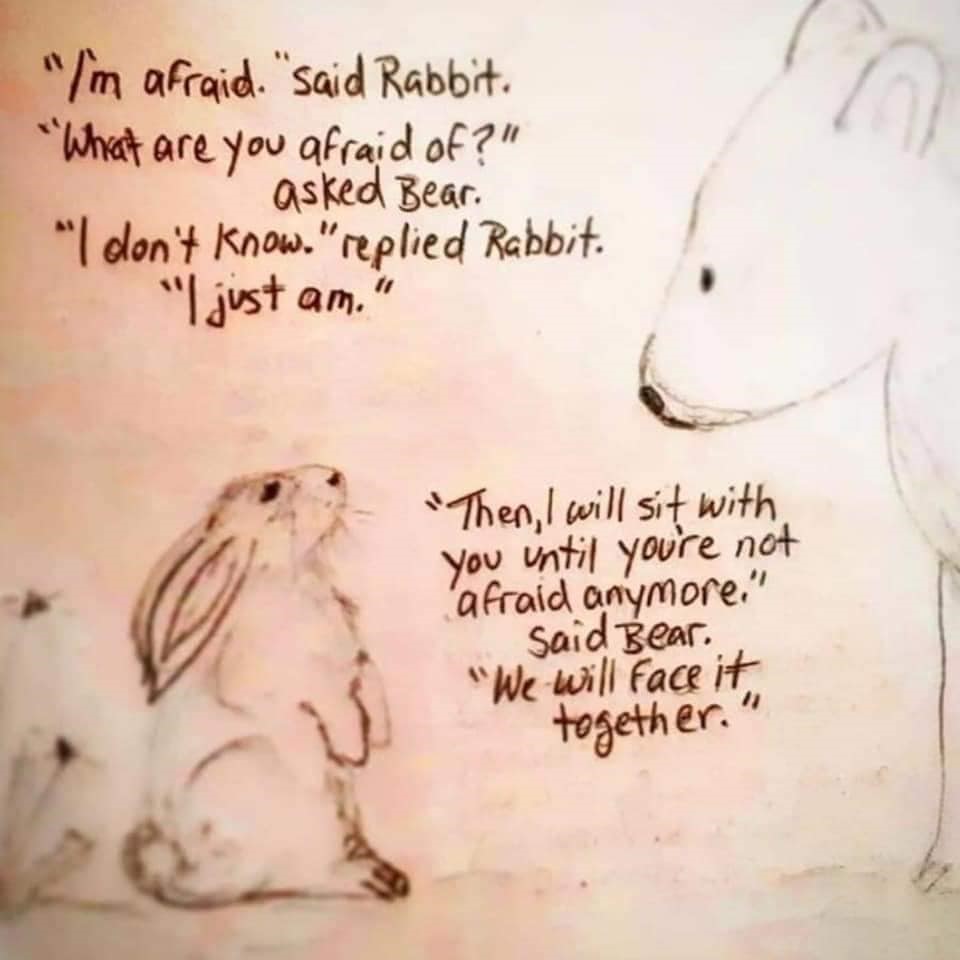The Mighty Dinosaurs - Samantha's YEF Project!
Youth Board member, and YEF recipient Samantha has been hard at work cultivating her project The Mighty Dinosaurs to encourage children and young people in vulnerable circumstances to learn more about prehistoric creatures. Here, she talks about the project and her need for your support.
discover more >